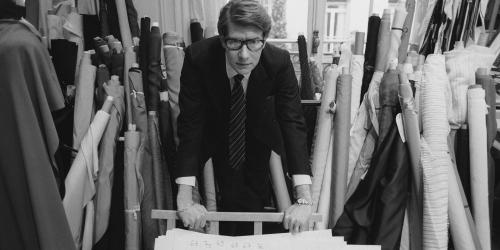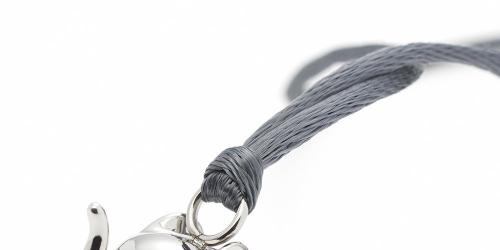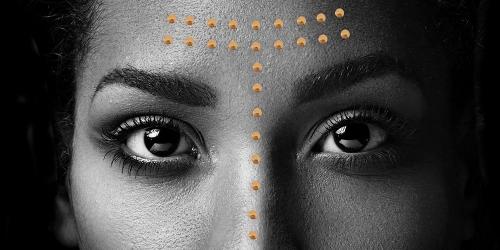Hubert de Givenchy, founder of the house of the same name, died in his sleep Saturday, March 10, 2018. His relatives have sent a statement to AFP. His funeral will be celebrated in the strictest intimacy.
Hubert de Givenchy, his fashion debut
Born into a purely aristocratic family, Hubert James Taffin de Givenchy, son of the marquis Lucien Taffin de Givenchy and Beatrice de Givenchy, was born February 20, 1927 in Beauvais. Early on, he became passionate about fabrics, devoured fashion magazines and devoted a real cult to the creator Cristóbal Balenciaga for whom he dreams of working.
Deciding to become a sartor, despite the reluctance of his mother who predestined him to a legal career, the young man, then aged 17, leaves his native Beauvais to settle in Paris in 1945.
Naturally, his ambition is on the house Balenciaga, but, failing to get an interview, the apprentice designer makes his debut at Jacques Fath as an assistant. As the salary paid by Fath is derisory, he decides, on the advice of the famous illustrator Christian Bérard, to integrate the house Robert Piguet. And, the following year, he chose to perfect his stylistic apprenticeship with Lucien Lelong.
But it was not until 1947, when cheeky Elsa Schiaparelli named him artistic director of his flagship store located on the Place Vendôme, that he really worked out the first fruits of his style.
Hubert de Givenchy, pure luxury

Credits: Martin Dutkovitch / Getty Images
After four years of collaboration, Hubert de Givenchy left Schiaparelli to found his own house. He is only 24 years old. With his clear eyes, tanned skin and innate elegance, man is the epitome of Parisian dandyism. So that his first collection "Les Séparables", presented in 1952 at 8, rue Alfred-de-Vigny, perfectly traced the traits of his personality.
Sinuous lines, soft and racy form, under his pencil, light skirts and blouses, called "Bettina", puffed sleeves, ideal to wrap the body without tightening too much size. Chic, in all its simplicity.
Forerunner of the "casual-chic" movement, this world of couture is pressing for a more accessible luxury. From then on, he launched his high-end ready-to-wear line called Givenchy University in 1953.
Hubert de Givenchy, disciple of Cristóbal Balenciaga
His meeting with Cristóbal Balenciaga in 1953 is decisive. Became his friend and mentor, the illustrious Spanish couturier visits him daily to compare their sketches, even going so far as to exercise constructive criticism. It is also on his advice that the disciple, Hubert de Givenchy, develops the licenses, especially in perfumery: "This will ensure your retirement," he told him.
In 1958, he launched his fragrance L'interdiction, dedicated to his muse Audrey Hepburn. She becomes the first celebrity to pose for an advertising campaign, and probably the last to do so, purely out of friendship.
In the 70s, he continued on this trend by diversifying more: shoes, jewels, ties, table cloths, soft furnishings, kimonos ... And even go out a car, the Ford Mark.
Hubert de Givenchy, the favorite of these ladies

Credits: Keystone-France / Getty Images
In addition to being a fashion designer, Hubert de Givenchy was also the friend and confidant of his most loyal clients. He dressed the most prominent ladies of the time - from Jacky Kennedy to Princess Grace of Monaco to actresses Marlene Dietrich and Elisabeth Taylor - knew their habits as well as their homes where he was constantly invited.
Yet none of these sincerely friendly relationships will match his affection for his muse Audrey Hepburn . A fervent admirer of her work, the actress becomes an ambassador of the brand by wearing her creations in the city as on screen (Sabrina, Breakfast at Tiffany's and Funny Frimousse). Associated in a mutual glory, the Baroness Van Heemstra and the Marquis de Givenchy will not separate, until the death of the latter in 1993.

Credit: Getty Images
After 43 years of creation, including nearly 40 years in his own house, Hubert de Givenchy retired from the fashion scene in 1995.
From him, one will keep the obvious chic, the refined silhouettes and a simplicity returned to a state of grace: the jersey dresses, the woolen suits and the sets which sculpt the body without ever weighing it down. A balance between pure French classicism and the audacity of modernity.



